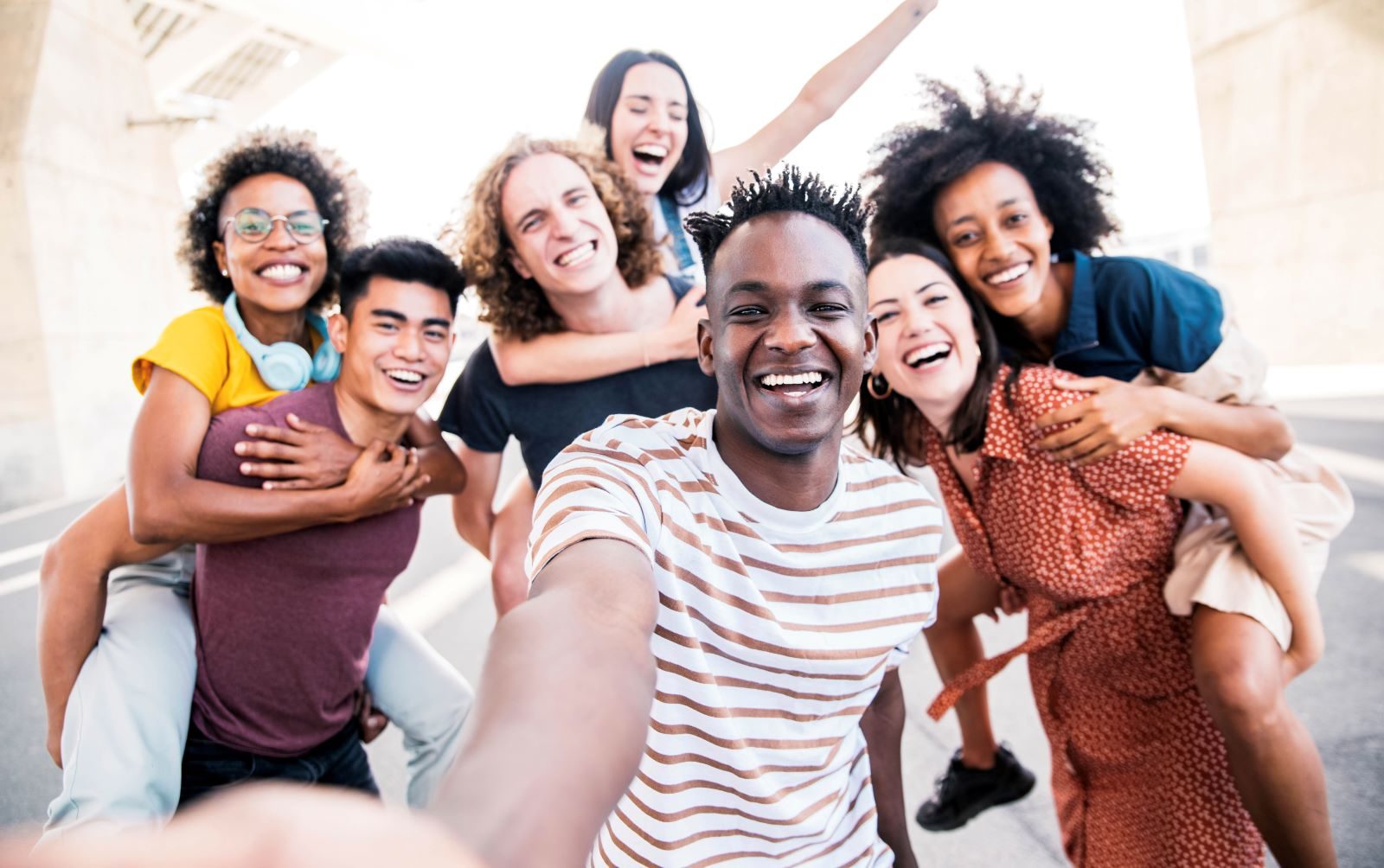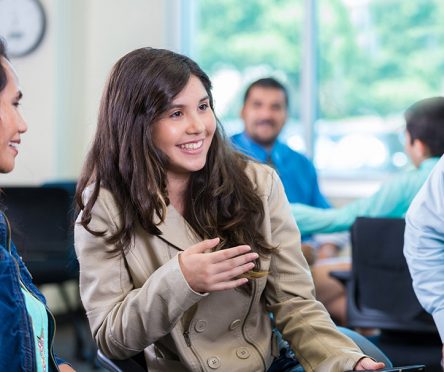I had a job change during COVID and my children have reached high school and no longer need my involvement in transportation or planning. So in the past two years, I have lost my dad-friend group and my work-friend group, and it has been really difficult. I have leaned more on my long-term friend group (from my 20s and earlier) and my faith community, but making new friends during this time has been incredibly challenging.
~ Chris W.
In a study done in 2021, one in three Americans reported feeling lonely during the pandemic. Thirteen percent of adult women and 8 percent of men said they lost touch with “most of” their friends during this time. Twenty-two percent say it has been at least five years since they last made a new friend.
The shrinking of friend circles has actually been an upward trend for quite some time. In 1990, a survey showed that 3 percent of Americans said they had no close friends. Today, 12 percent say they have no close friends.
I’m more intentional with my close friendships now, although I was starting that before the pandemic. I’m pickier about the people I spend my time on and with.
~ Bridget S.
These statistics matter not just to gauge the mental health of those around us, but the physical health as well. Studies show a strong correlation between satisfying social relationships and conditions like high blood pressure, cholesterol, and morbidity.
A major meta analysis in 2010 that looked at 148 studies (involving 308,849 participants) concluded that loneliness is as harmful to physical health as smoking 15 cigarettes a day. “These findings indicate that the influence of social relationships on the risk of death are comparable with well-established risk factors for mortality such as smoking and alcohol consumption and exceed the influence of other risk factors such as physical inactivity and obesity,” the authors concluded.
My friend circle has always been pretty small. Lots of acquaintances that I think the world of, but only one or two friends who truly know me. I manage a Senior Companion program for people 55+ so these stats are no surprise to me. Isolation and depression go hand in hand. The only way to alleviate one is to provide and encourage community. One-on-one to start and then enlarge the territory.
~ Marie B.
Carla Schnitzlein, DO, a psychiatrist and medical director of Natchaug Hospital, said loneliness and depression are definitely on the rise for the adults that she sees in her practice, and in the group programs run by Natchaug.
“From isolation can come loneliness, which can be a cause of depression,” she said. “This can lead to mood changes, restlessness, anxiety, all of which can further your isolation. It can become a vicious cycle that causes further depression. This can start to affect your self esteem, and then you can become nervous to even try and connect with friends or acquaintances.”
This impacts physical wellbeing in part due to the hormone cortisol, Schnitzlein explained. Cortisol is a stress hormone, which increases when you are feeling depressed or anxious. Cortisol also works to suppress bodily functions that it determines to be non-essential in a stressful situation, including your immune system, digestion and the reproductive system. It can increase sugars (glucose) in the bloodstream, and can be a factor in:
- Headaches.
- Muscle tension and pain.
- Heart disease, heart attack, high blood pressure and stroke.
- Sleep problems.
- Weight gain.
- Memory and concentration impairment.
Throughout the pandemic, Natchaug and its programs have seen a steady increase in referrals from primary care providers for people who report depression and anxiety as well as physical symptoms brought on by chronic isolation.
“They lost their communities, their friends, their church, whatever activities they engaged in,” Schnitzlein said. “And as we are coming out the other side, their situation hasn’t normalized. They are nervous to try and reconnect, so they remain in isolation. Think about how much energy social interactions take. A lot of people are feeling like they just don’t have that in them right now.”
While the pandemic contributed to not being able to connect as often, I would have to say for me it started before that. I’ve always worked long days and by the time the weekend came I was always too exhausted to do much by the time chores and errands were done (same today). I still try to connect in some way, but we don’t get together like I wish we could. But when we do, I definitely can feel a difference in myself.
~ Karen A.
Schnitzlein goes back to advice her father used to give her when it comes to knowing how many close friends you should have: “Count them on one hand.” She thinks a good number for what would be defined as close friends would be between three and five. “And then you have work friends, social circles like church or activities, and then acquaintances.”
One way that many people stayed social during the pandemic was through outdoor activities, like walking, bird watching or biking. Taking up a new sport helped them stay active and social.
I have taken up cold water swimming, and, as with any intense and challenging activity, this has cultivated a deepening of friendships. I think any regular group activity, especially when it’s physical, breeds and deepens important friendships.
~Elizabeth B.
Others found that while the pandemic shrunk their peripheral friend groups, it deepened other connections, and gave them a heightened appreciation for what they have.
For sure the pandemic and a job change shrunk my circle of work friends and acquaintances. However, it strengthened my relationships among my close friends, who were somewhat spread out in distance anyway. Our conversations now often directly address our appreciation for the friendship and our commitment to keeping it in a way that we didn’t directly state before. More phone calls end with “love you, bye” instead of just “bye,” and I leave our interactions feeling a sense of immense gratitude that I was more likely to take for granted before.
~Michelle W.
Schnitzlein said close friends don’t necessarily have to share your interests – they simply have to be there for you. “They are the ones who give you honest and real feedback, and you will take it,” she said. “They will tell you that you have broccoli in your teeth. They support you and build you up when you need it. But I’m not talking about toxic positivity – that can be just as unhealthy.”
Being a stay-at-home mom was much more enjoyable and survivable because of the mom friends I made. The pandemic was very hard and isolating, especially staying at home with kids and not having that outlet. Hard days feel harder when you can’t go to the park and complain to another mother and relate.
~ Rachel A.
Men are just as susceptible to these issues as women, Schnitzlein said, but often hesitate to talk about them. They feel embarrassed to talk about their emotions or ask for help.
Schnitzlein said it might be time to seek help if you see changes in your sleeping, eating or hygiene habits or if you find yourself turning down all invitations or chances to connect with anyone. A conversation with your primary care doctor is a good place to begin, she said.



